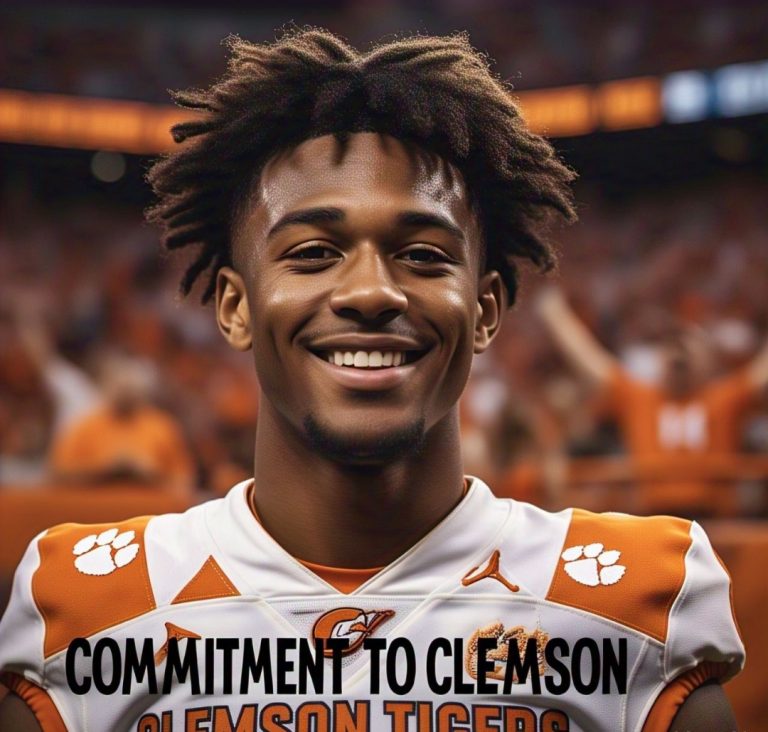The Chicago Bears entered the 2024 NFL season with a sense of optimism, particularly surrounding their new franchise quarterback, Caleb Williams. Drafted first overall, Williams was touted as a generational talent, capable of transforming the Bears’ offense. However, this optimism has quickly been overshadowed by the struggles of the offensive line, a unit that has not only underperformed but has also raised serious concerns about the team’s overall trajectory.

When evaluating the Bears’ offensive line, expectations were mixed but leaning toward cautious optimism. Last season, the offensive line had been a patchwork group, yet it managed to finish second in the league in rushing. This was a significant achievement considering the frequent changes in personnel, which included injuries and lineup shifts that forced the Bears to adapt on the fly. The return of key players like right tackle Darnell Wright, left guard Teven Jenkins, and left tackle Braxton Jones offered hope that the line could build upon its prior success.

Wright, Jenkins, and Jones all showcased potential during their previous seasons. Wright had solidified his place as a reliable right tackle, while Jenkins was becoming a force in the middle. Jones, despite being a relative newcomer, demonstrated impressive footwork and agility, essential traits for a left tackle. The coaching staff and management believed these players could elevate their games further, establishing a foundation for the offensive line.
Moreover, Nate Davis was anticipated to improve in his second year after a rocky debut season. His performance in Year 1 was marred by inconsistencies, but there was confidence that with better cohesion among the unit, he could step up and solidify the right side of the line. The additions of Coleman Shelton and Ryan Bates, signed to bolster the center position, were also seen as strategic moves by general manager Ryan Poles. A former offensive lineman himself, Poles was expected to apply his knowledge and experience to assemble a more cohesive and effective unit.
However, the reality on the field has been starkly different. The offensive line’s struggles have been pronounced, creating a cascading effect on the entire offense. With defenders frequently penetrating the backfield, the Bears have struggled to establish a consistent running game, and pass protection has become a significant liability. Williams, despite his talent, has found himself under constant pressure, limiting his ability to make plays downfield and forcing him into difficult situations.
This inability to protect the quarterback has led to a rapid decline in offensive productivity. The Bears, who were once a formidable rushing team, have seen their effectiveness dwindle. The lack of time in the pocket has hindered Williams’ ability to develop rhythm and timing with his receivers, further exacerbating the team’s woes. The offensive line, which was supposed to be a strength, has instead become a glaring weakness.
Critics of the Bears’ front office are beginning to question Poles’ decisions, particularly the faith placed in the current roster. While there was a rationale behind trusting young players to develop, the lack of immediate results has led to doubts about the overall strategy. Many analysts are now advocating for a reevaluation of the offensive line, suggesting that the Bears may need to consider more significant changes sooner rather than later.
Furthermore, injuries have plagued the unit, with players struggling to stay on the field consistently. The absence of key personnel due to injury or poor performance has only compounded the issues. The coaching staff has attempted to shuffle players in and out, searching for a combination that could stabilize the line, but so far, the results have been disappointing.
For the Bears to turn around their season, addressing the offensive line is paramount. It will require a combination of coaching adjustments, player development, and perhaps even strategic trades or signings. The focus must shift to creating a more effective protection scheme that can support Williams, allowing him to utilize his exceptional talents to lead the offense.
the Bears’ offensive line has become a central narrative in the early part of the 2024 season. Once a source of hope, it has devolved into a critical concern that threatens to derail the franchise’s aspirations for immediate success. As the season progresses, all eyes will be on how the Bears respond to these challenges, particularly in reshaping their offensive line to provide the support needed for Caleb Williams to thrive. The time for change may be now, as the future of the Bears hinges on their ability to protect their most valuable asset.





